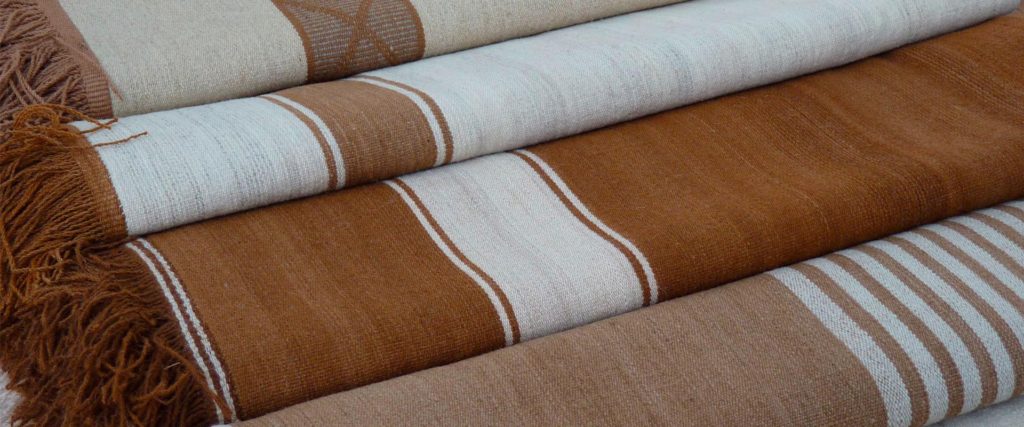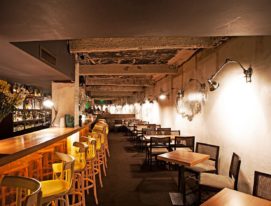The suitcases of visitors to these latitudes always have a little room for wines from Argentina’s different viticultural regions. Who can resist the temptation to take back a few Argentine Malbecs and other wonderful varieties?
But often there’s also a hankering for more to remember one’s Argentine experiences, flavors, landscapes and adventures by. To that end, we’ve prepared this useful list of delights to help visitors choose. Whether you have a sweet tooth, love crafts or are a culture buff, there’ll be something here for you, and many of the items listed are available at tourist markets and airports.
Souvenirs from Argentina
1. Mate, the life of the party
What are those strangely shaped recipients that people fill up with green leaves and hot water before sucking on them through a metal straw? They’re genuine mate gourds, the proper vessel from which to drink yerba mate, a tea-like herb grown in the Province of Misiones; also the home of the Iguazú Falls, popular all across the country (especially those areas where gaucho culture is most prominent) where it has become as much a custom as a drink. It symbolizes gatherings, keeping each other company, and mutual trust. During the pandemic everyone has had to drink from their own gourd but the rite itself is still shared.
Every market in the country will have its own version of the mate set: from the traditional squashes and silver straws to more modern incarnations made from wood, glass or silicon, they now come in all manner of designs. Remember: the water should never reach boiling point.
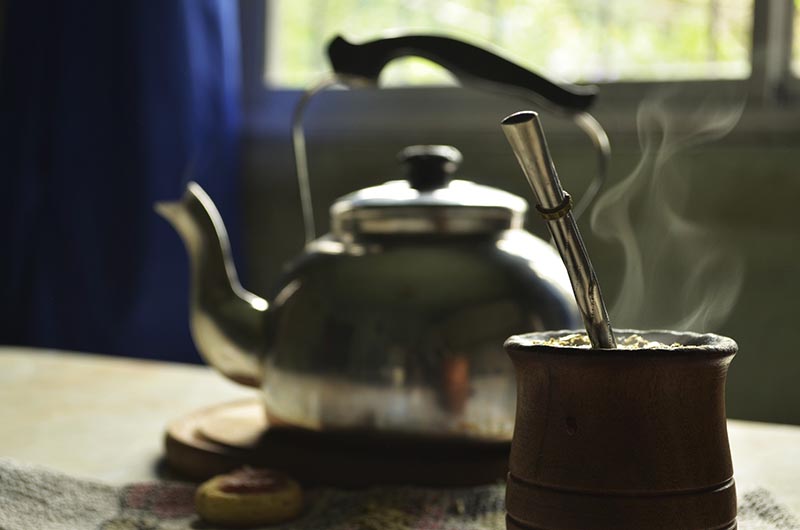
2. A thousand and one alfajores
Originating in Arabic cuisine and brought to Argentina by the Spanish, the alfajor cookie can be found in many different versions across the provinces of Argentina. Like empanadas and asado techniques, every region has its own distinctive style making it the most federalized sweet around. Stand outs include the cornflower alfajores of Buenos Aires, the layered versions of Córdoba, Santa Fe style, Tucuman’s sugarcane syrup incarnations, the essential chocolate covered ones from Mar del Plata, and many more. One of Argentina’s most popular souvenirs from Argentina, a box or two always goes down well.
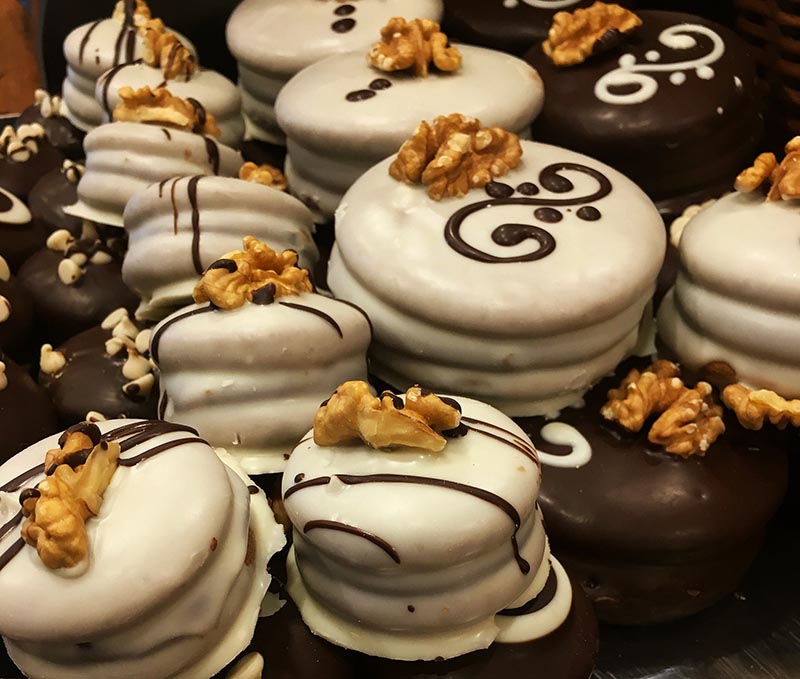
3. Dulce de leche
Of course, it’s not an Argentine invention. Dulce de leche has been made since the dawn of time: ancient civilizations began making it the moment they started to domesticate and milk livestock. And yet, it’s a major feature of Argentine cuisine and today craft producers are achieving very high-quality results. Whatever town you come to, be it large or small, you’ll find someone making artisanal dulce de leche from locally sourced milk (not always from cows, there are also delicious versions made from goat and sheep’s milk). Specialty stores offer a range of dulce de leches from all across the country – it’s a must for your list to take back home.
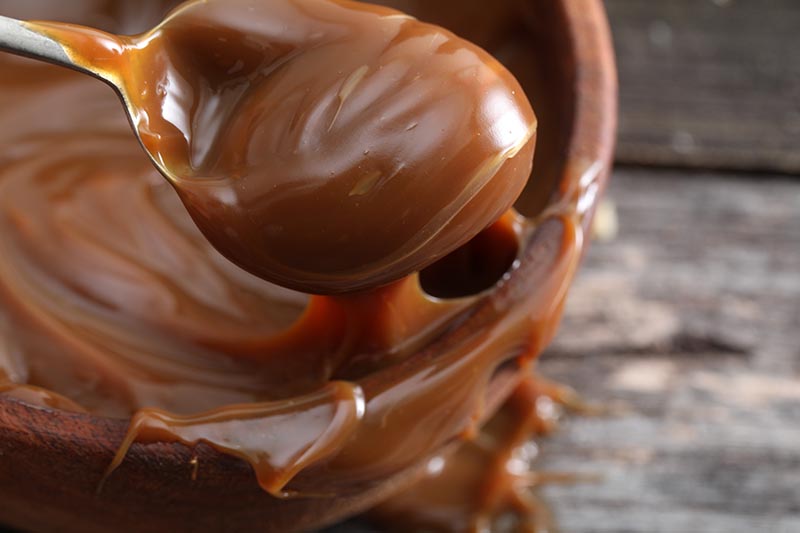
4. Penguins, seltzer bottles and other drinks
One of the classic adornments that one often finds on Argentine tables is the penguin-shaped jar, which was typically used in old taverns and restaurants to serve wine. Another prized item is the tinted glass seltzer bottles that are still often seen next to the table wine. You’ll find them at flea markets and in gift shops but wrap them carefully: they’re pretty but fragile.
If your visit included Córdoba, you’ll likely be coming home with a bottle of the province’s beloved Fernet, while if you went to Mendoza or Buenos Aires you might be going back with a vermouth, a legacy of the Italian immigrants who came to the country in the 20th century.
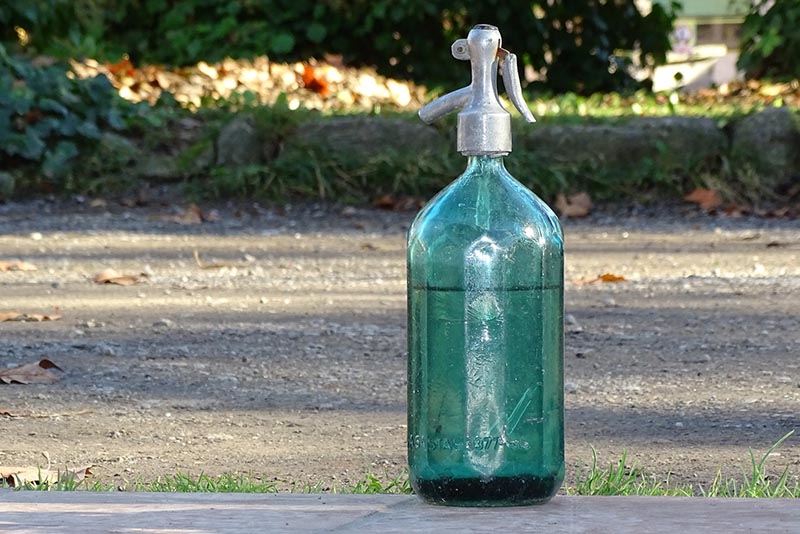
5. Argentine cookbooks
Every culture has its own cherished recipes and Argentina has a range of cookbooks containing a lot of them. Standout authors include, in the realm of the asado barbecue, the renowned outdoor chef Francis Mallmann; Dolli Irigoyen and her book Producto Argentino and the recipe collection by Doña Petrona, godmother of national cuisine. All are great options for the home chefs among your friends.
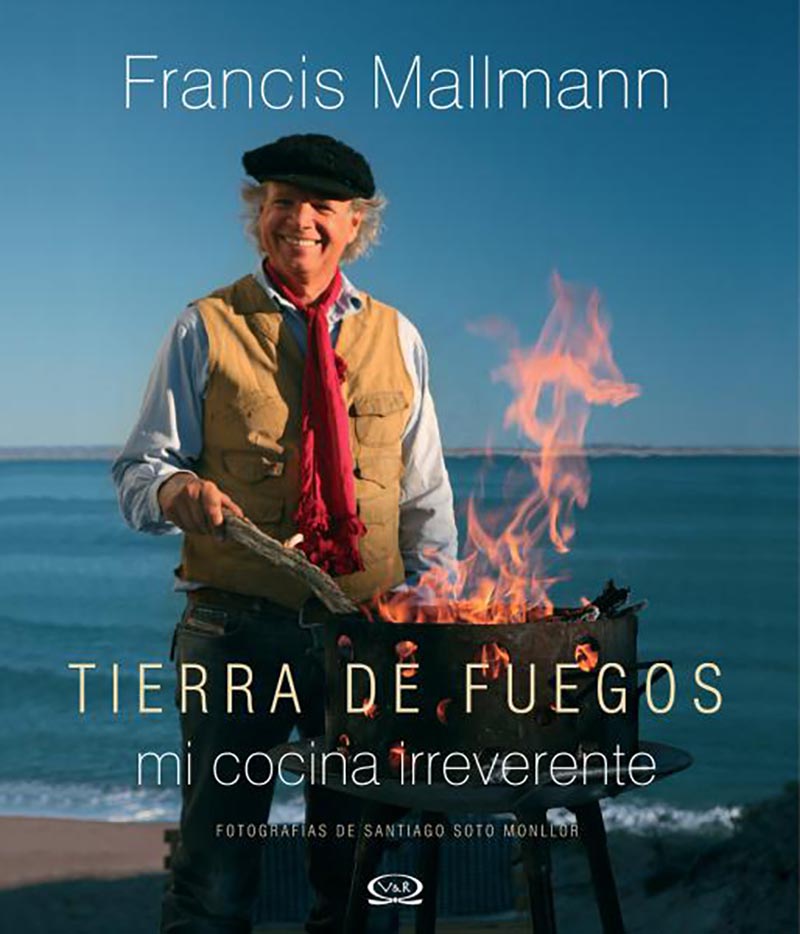
Non-perishable gifts
6. Gaucho style
Gaucho tradition has left an indelible mark on Argentine identity. But you don’t have to own a ranch or live in the middle of the wild pampas to make a part of it your own: boina-berets, ponchos, boleadoras, bombacha pants and silver knives are all part of the rural outfit. Watch out with the knives: it’s best to declare them if you don’t want them to get confiscated. Specialized talabarteria stores are a great help when choosing the latter.
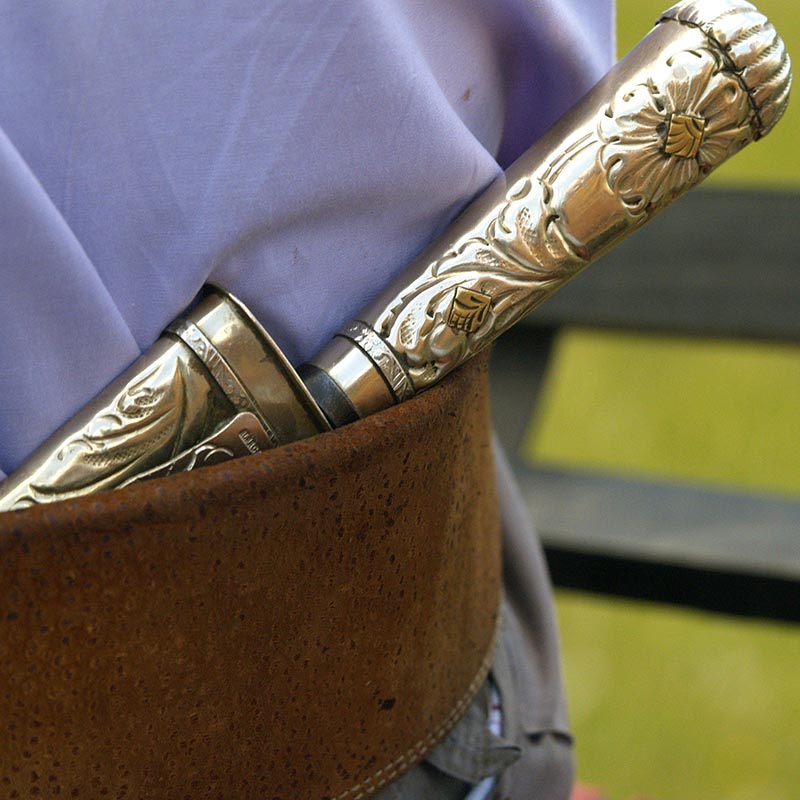
7. Filigree signs, an ancient art
Buenos Aires filigree is a decorative, working class art that began in Buenos Aires in the early 20th century. It initially consisted of very fine outlines that adorned the sides of passenger trolleys but the technique was improved upon and perfected over the years. Always in bright colors and done with synthetic enamel, they withstand the elements very well. After the trolleys, signs in this style began to be seen in stores and theaters, and when buses first appeared to replace the trolleys, they adopted their aesthetic. Today craftspeople sell signs with names and traditional sayings at fairs and markets across the country.
8. Silverwork
There are several stand out artists in the métier, but there is no doubt that the leading exponent of Argentine silverwork is the silversmith Juan Carlos Pallarols, who designs the presidential cane, among other pieces of great aesthetic value.
9. Tango
In Buenos Aires, after dancing to the 2×4 beat, tango fans will want to take home specialist shoes or a hat to help them stand out the next time they hear the bandoneon play. The perfect gift for Carlos Gardel fans.
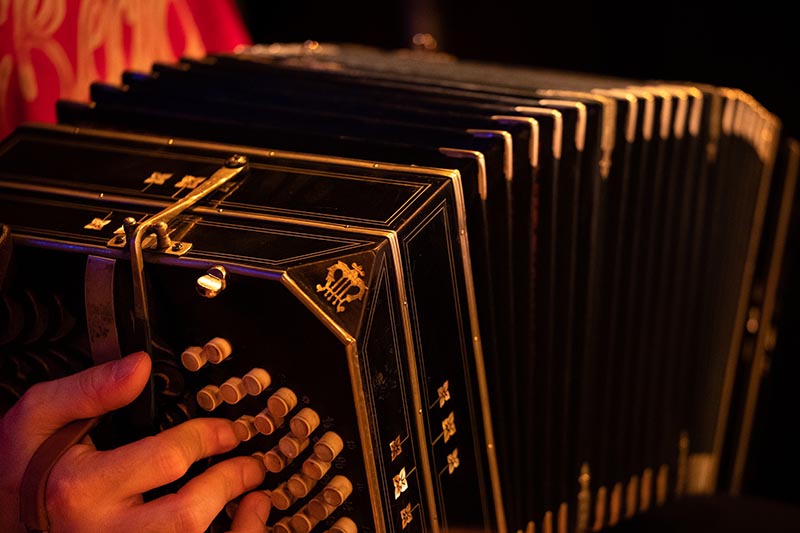
10. Soccer jerseys
Boca, River, Maradona, Messi and a lot more options are available for the soccer-lover in your life and the souvenir stores are well stocked.
Of course, this is hardly a comprehensive list; we haven’t mentioned leather goods, chocolate from Bariloche, Tandil salamis (vacuum packed for the journey), the different kinds of cheese and… did we mention wine? You’ll just have to come back again to relive the experience.

